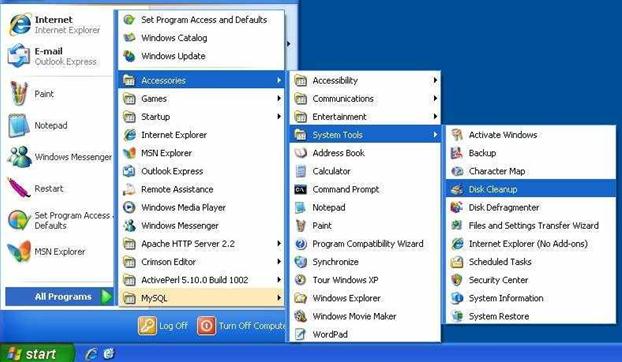It is very annoying to see the message with "the file cannot be deleted" when you try to get rid of the files you don't need anymore. In some cases, there are simple circumstances to avoid this kind of messages or ways to manage easier the situation. But there are also situations where novices cannot handle the deletion of certain files. If this is your case, the best solution is to speak with a Windows expert who knows what is NTFS for example.
- Possible reasons that the "can not delete file" problem occurs
- Solutions to solve the "can not delete file" problem
- Tips&Tricks
However in this article are shown simple facts to avoid or be careful at. The actions are intended to give guidance for novices and experts as well.
Part 1Possible reasons that the "can not delete file" problem occurs
1.The file you are trying to delete is in use
The file in use could be actually open somewhere or it could be in the pending deletion status. In order to see all the files and running processes, open Start Task Manager and close from there the files by clicking End Task.
2.Access to the file is denied
If you are struggling with a file system corruption, this prevent access to the file. In most of cases you are not able to delete the file if the file system is corrupted and the solution could be to run a Windows utility to solve this problem.
3.The file name includes an invalid name, including the space in the name
If you search for a file named " text.txt" and you didn't find it, probably is the case that you have used the space before tbat word. Thus, if your file is named "text.txt" , you must to use the file name exactly.
4. Your file name includes a reserved name in Win32
There are specific files with names reserved only for Windows operating system. In order to rename this kind of files, you can use a non-Win32 program.
Part 2 Solutions to solve the "can not delete file" problem
Solution 1
You can take a look at the bar with open files where normally you can see all the files you are using at that moment. Close the file and try to delete it. If you still having issues, probably because that file is still in use, open the Task Manager. In order to see all your open files and processes, open Start Task Manager by pressing in the same time the [Ctrl]+[Alt]+[Del] keys.
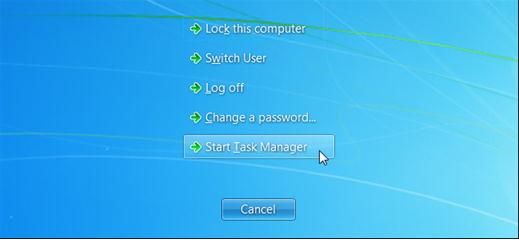
It is the easier option to close a file that is not responding. After you view the list with files and processes, select the file you want to close and click on "End task".
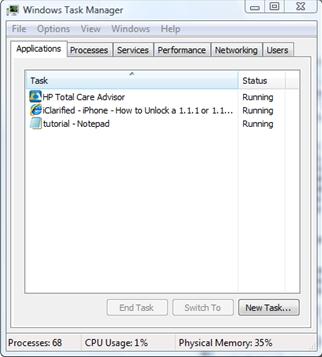
Solution 2
Renaming of the files causing you troubles, it is one option for solving the deletion of those files. You must to use a non-Win32 program, such as the POSIX tool that use the appropriate internal syntax for those files. Probably these actions are intended for experts.
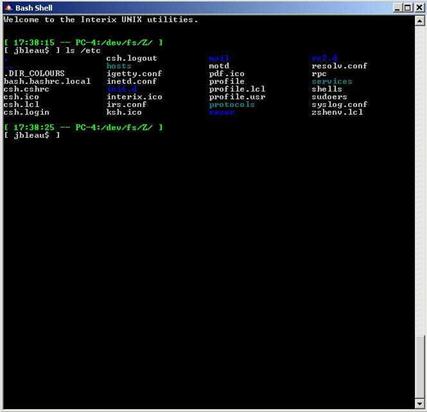
Solution 3
If a corrupted file into your system is preventing access to the file, you should run the Chkdsk utility on the disk volume to correct any errors after the checking of the bad sectors.
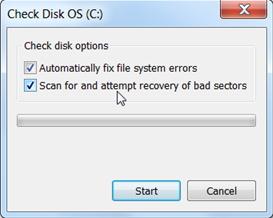
Part 3 Tips&Tricks
Solutions 1 and 3 are easy to do and you don't need to be a Windows expert to make these actions. Probably you have used before the Start Task Manager for viewing the performance of your system. In the same way, you can see and end a task that you don't want to run anymore. The Check Disk utility is well known (or it should be) for Windows users. It is recommended to run a checking for your system frequently; in any case when some troubles occur. The second method for renaming the files requires a certain level of knowledge in the field of Informatics.

- Recover lost or deleted files, photos, audio, music, emails from any storage device effectively, safely and completely.
- Supports data recovery from recycle bin, hard drive, memory card, flash drive, digital camera and camcorders.
- Supports to recover data for sudden deletion, formatting, hard drive corruption, virus attack, system crash under different situations.
- Preview before recovery allows you to make a selective recovery.
- Supported OS: Windows 10/8/7/XP/Vista, Mac OS X (Mac OS X 10.6, 10.7 and 10.8, 10.9, 10.10 Yosemite, 10.10, 10.11 El Capitan, 10.12 Sierra) on iMac, MacBook, Mac Pro etc.
Delete / Undelete Files
- Deleted Files I+
- Deleted Files II+
- Undelete Files I+
- Undelete Files II+
-
- EaseUs Deleted Files Recovery alternatives
- Recover shift deleted files
- Undo accidental delete
- Retrieve deleted contacts
- Mac undelete
- Recover deleted folders
- Android Apps to recover deleted files
- System restore deleted files
- Recover deleted files from Android
- Recover deleted photos
- Recover deleted files from recycle bin
- Recover deleted partition
- Recover Dropbox deleted files





